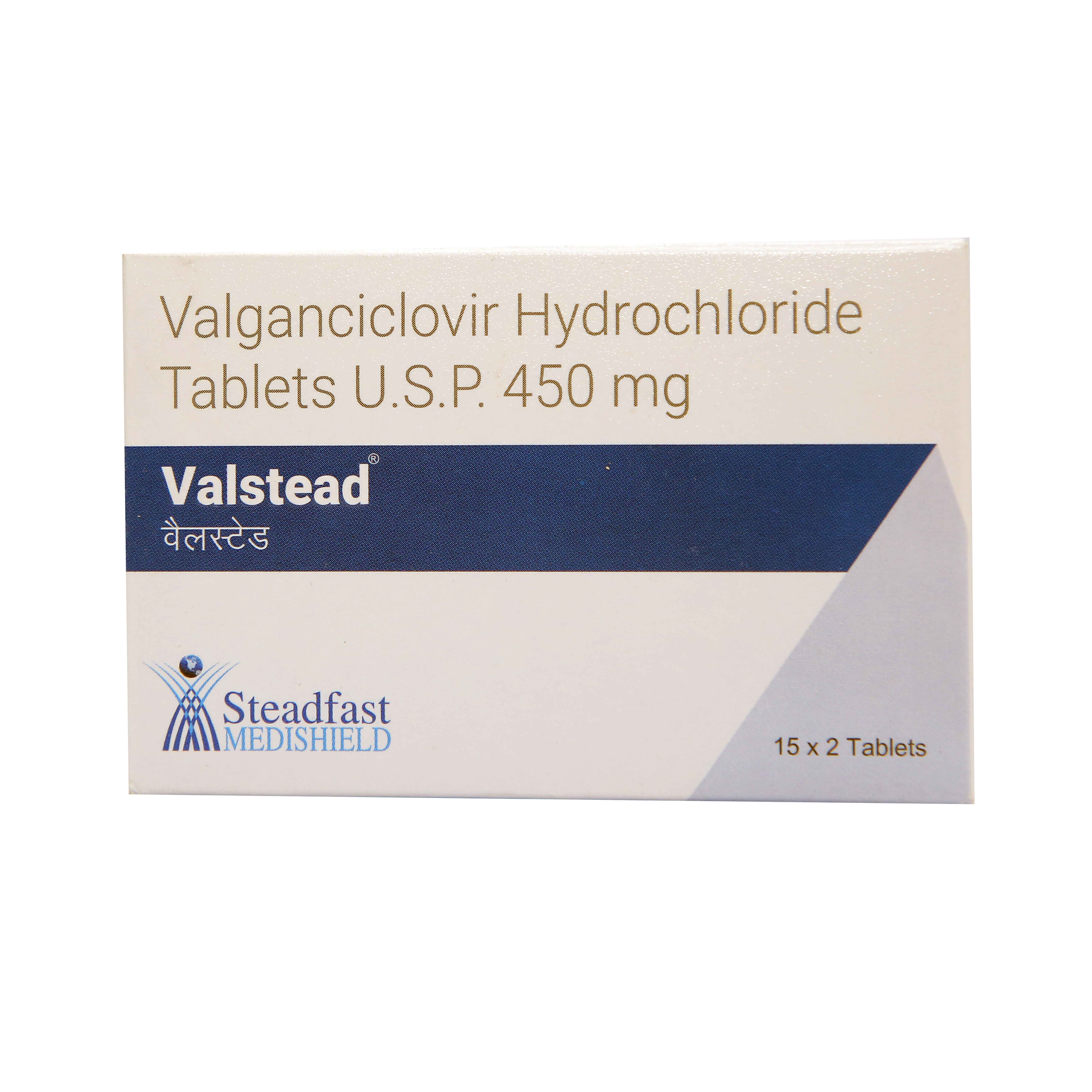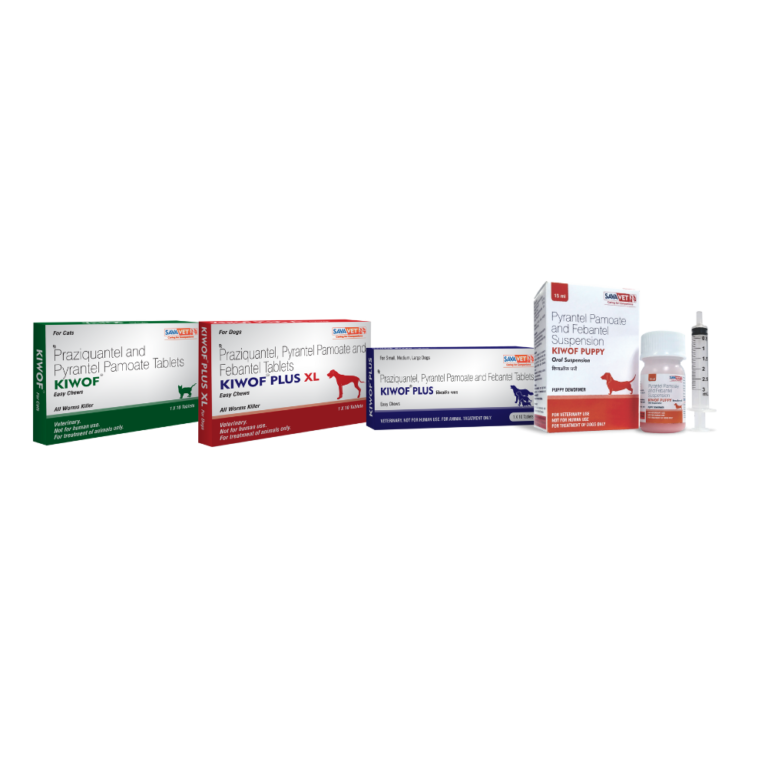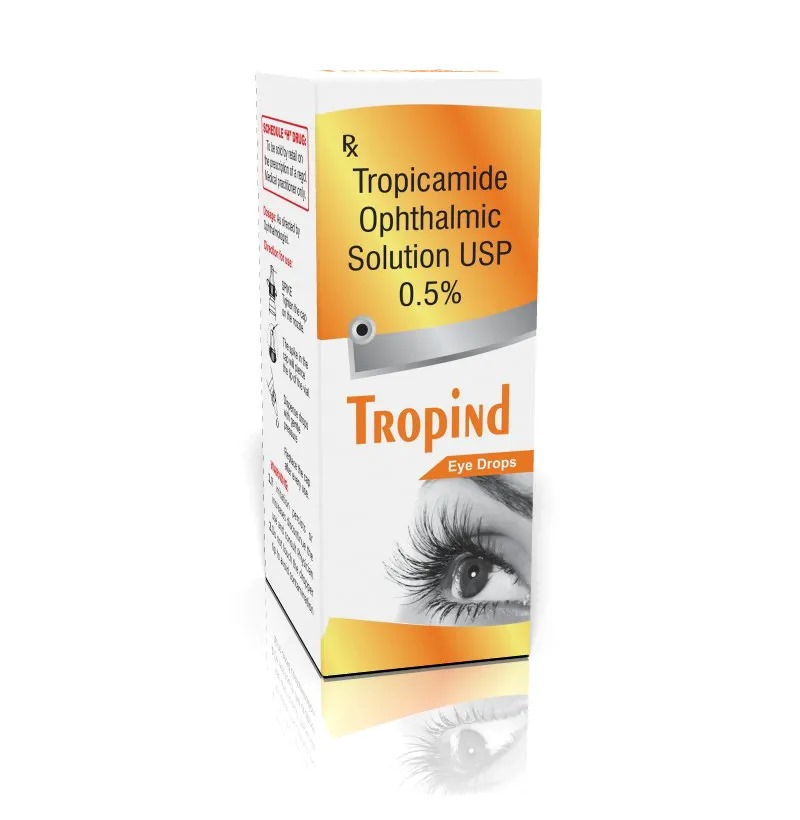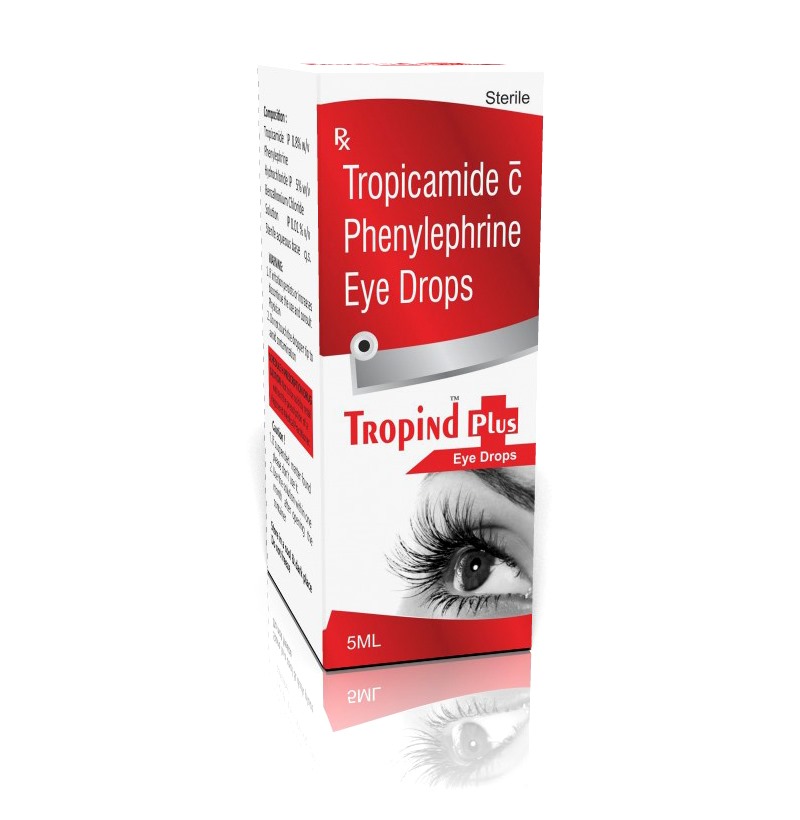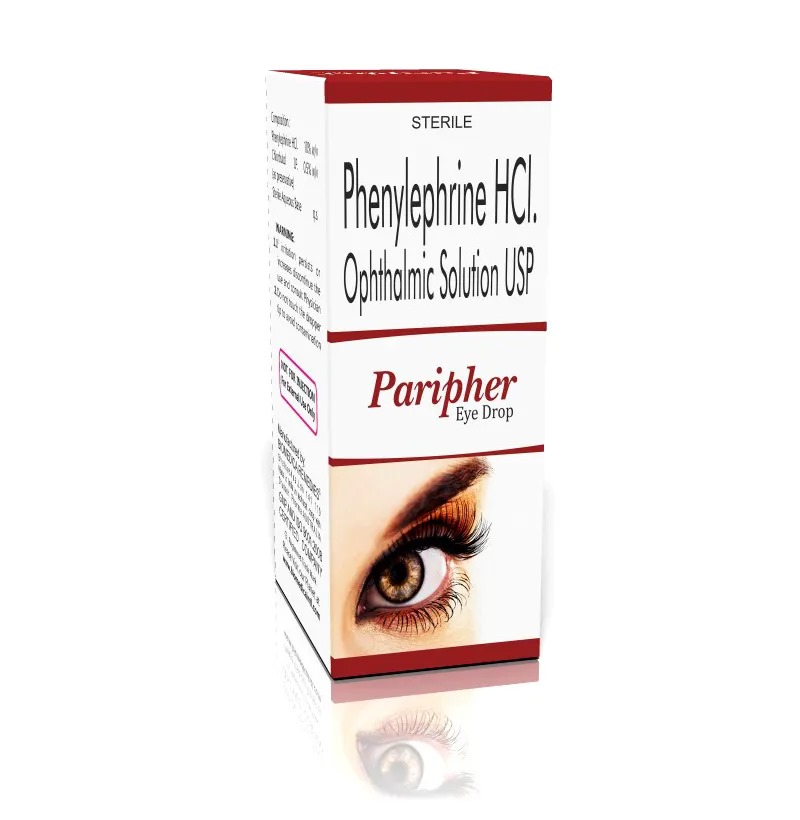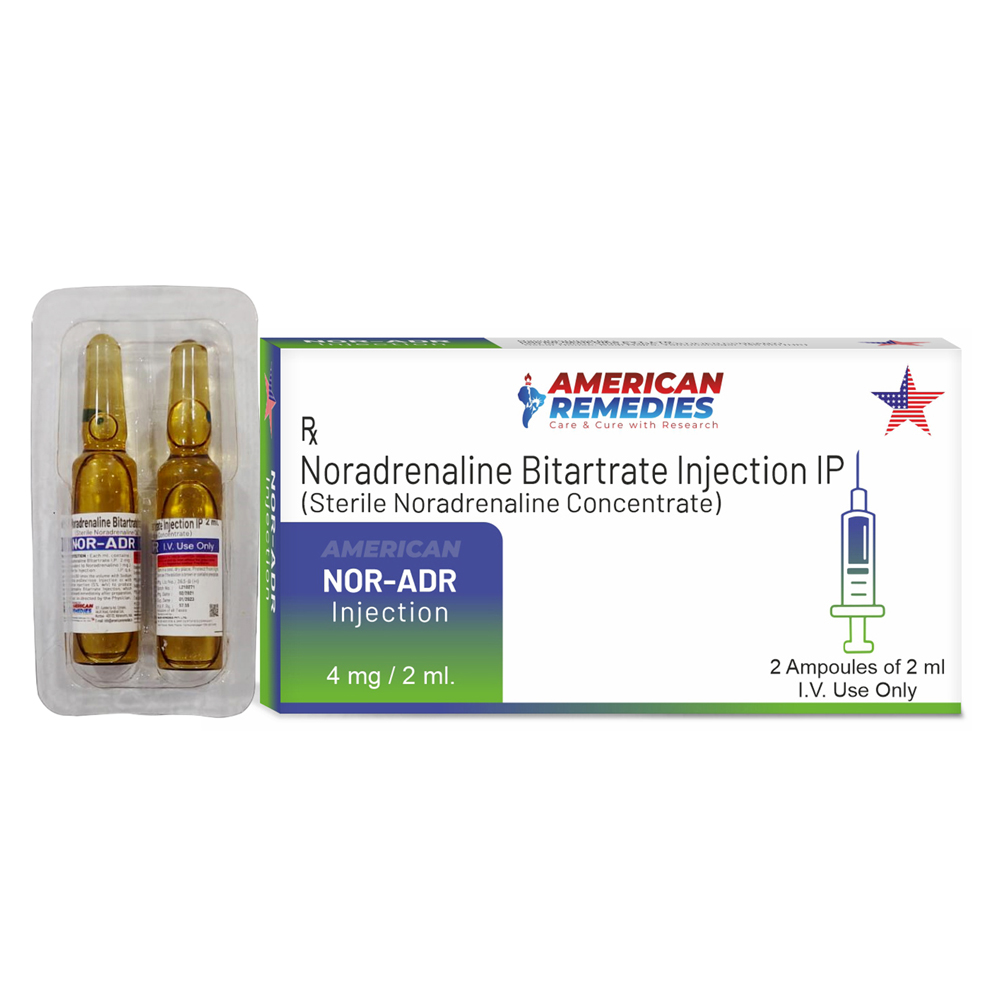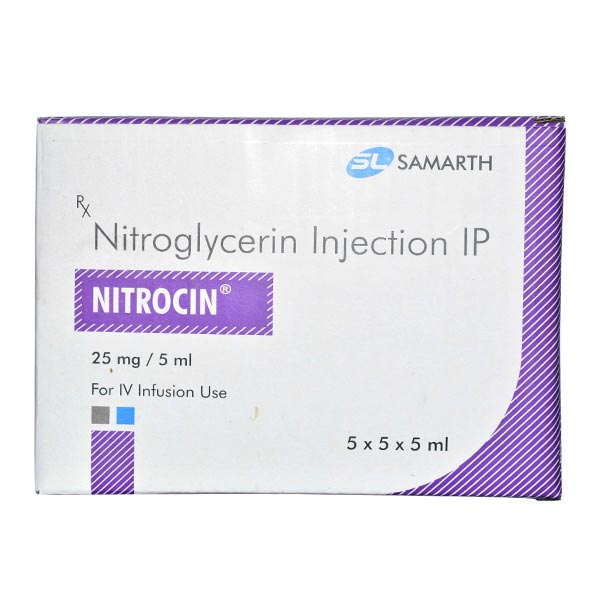Marketer Steadfast Medishield Pvt Ltd SALT COMPOSITION Valganciclovir (450mg) Storage Store below 30°C Uses of Valstead Tablet Treatment of Cytomegalovirus Infection Herpes labialis Genital herpes infection Chickenpox Herpes Simplex Virus Infections Eye infections by Herpes simplex virus Chronic hepatitis C virus (HCV) infection Product introduction Valstead 450mg Tablet is used to treat cytomegalovirus (CMV) infection of the retina (retinitis) in adult patients with acquired immunodeficiency syndrome (AIDS). It is also used for the prevention of CMV infection in patients who have received an organ transplant from a CMV-infected donor. Valstead 450mg Tablet should be taken in the dose and duration as advised by your doctor. Do not skip any doses and finish the full course of treatment even if you feel better. It should be taken with food. If you miss a dose, take it as soon as possible. However, if it is almost time for your next dose, skip the missed dose and go back to your regular schedule. Do not double the dose. You should drink plenty of water while on treatment with this medicine as it helps to prevent dehydration and kidney damage. It may lead to a few common side effects like fever, diarrhea, vomiting, anemia, low white blood cell, and low platelet level. Inform your doctor if these side effects persist for a longer duration. Please consult your doctor if you are pregnant, planning to conceive or breastfeeding. Benefits of Valstead Tablet In Treatment of Cytomegalovirus Infection Cytomegalovirus infection is a common virus infection which may have no symptoms at all or may have symptoms like fever and fatigue. Severe infection may show symptoms involving the eyes, brain, or other internal organs. This virus is spread through sexual and nonsexual contact with body secretions in people who are immunocompromised or those who have undergone any transplant. Valstead 450mg Tablet helps to prevent multiplication of the infection causing virus and treats the infection. Keep taking it in the dose and duration prescribed by the doctor to get maximum benefit. Side effects of Valstead Tablet Most side effects do not require any medical attention and disappear as your body adjusts to the medicine. Consult your doctor if they persist or if you’re worried about them Common side effects of Valstead Diarrhea Fever Vomiting Anemia (low number of red blood cells) Decreased white blood cell count Low blood platelets Insomnia (difficulty in sleeping) Tremors How to use Valstead Tablet Take this medicine in the dose and duration as advised by your doctor. Swallow it as a whole. Do not chew, crush or break it. Valstead 450mg Tablet is to be taken with food. How Valstead Tablet works Valstead 450mg Tablet is an antiviral medication. It prevents the multiplication of virus in human cells. This stops the virus from producing new viruses and clears up your infection.
Send Message